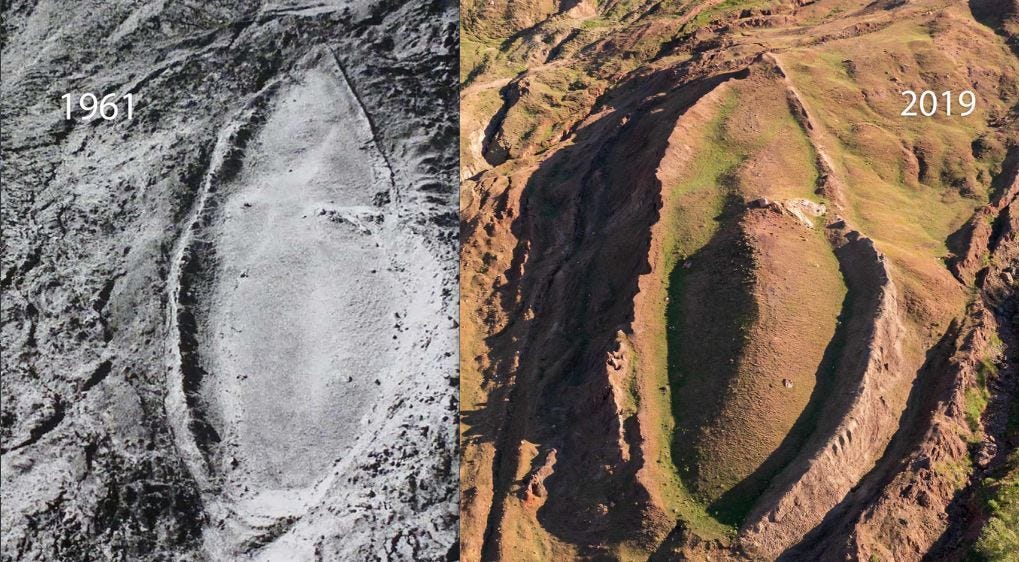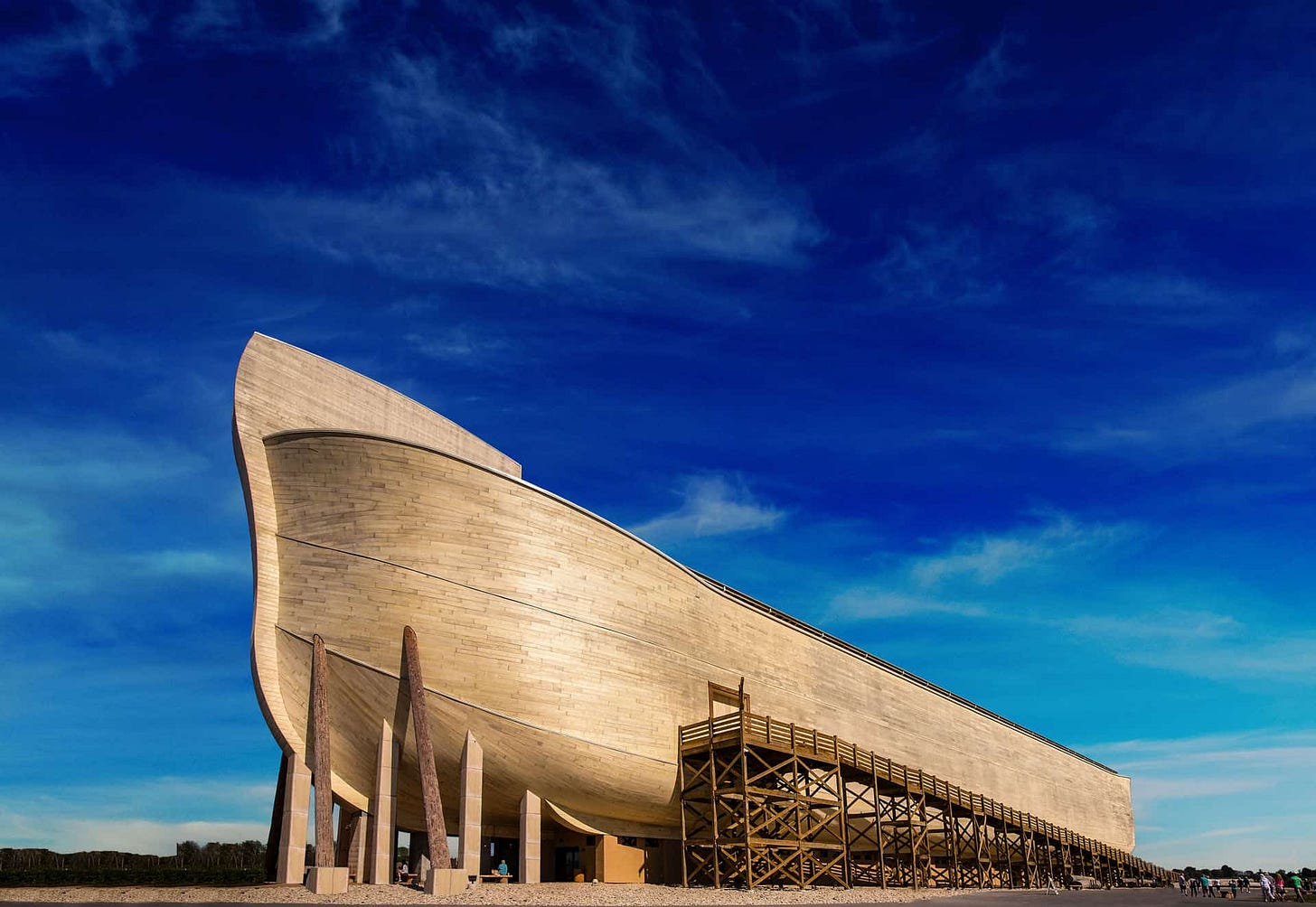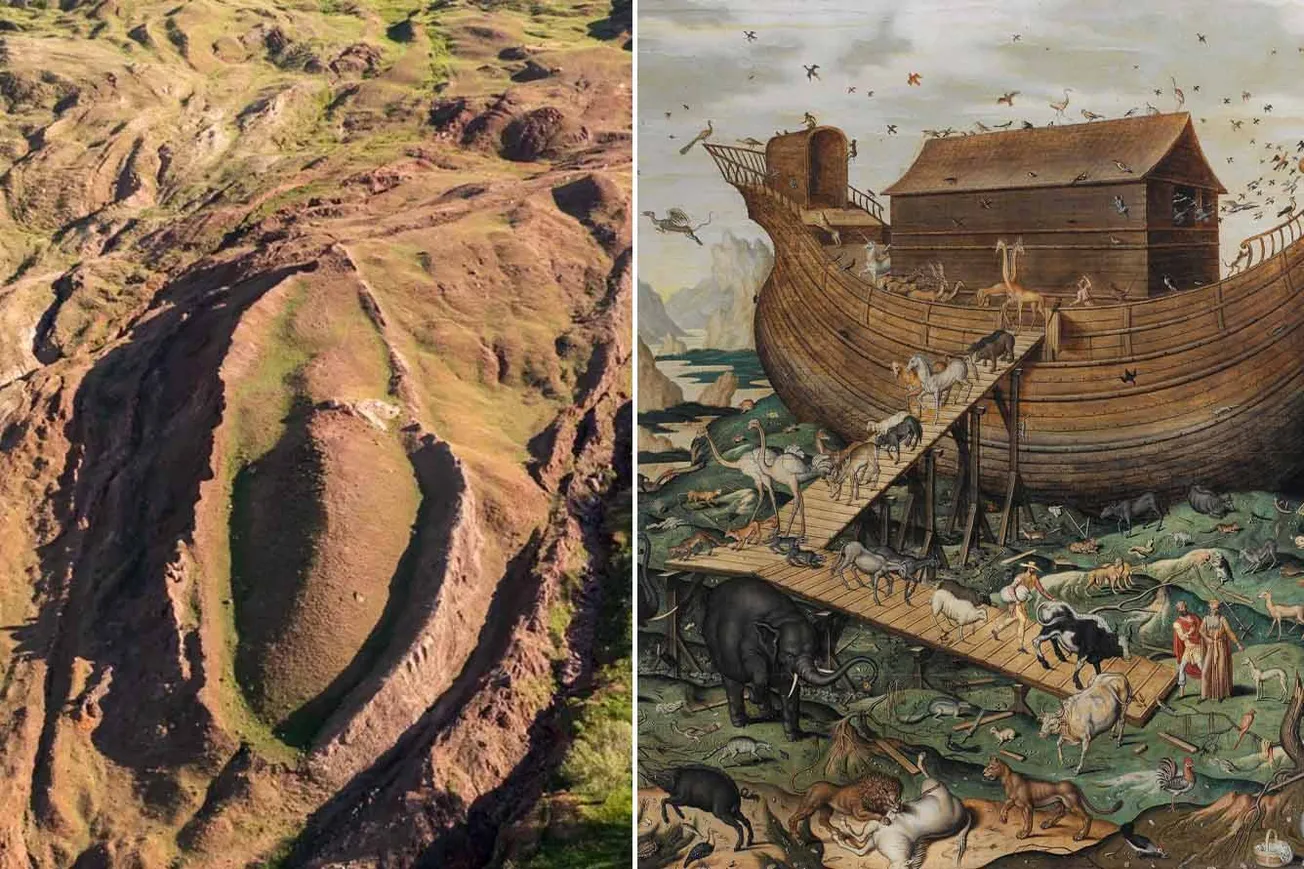The story of Noah’s Ark, that massive boat from the Bible said to have saved humanity and animals from a world-drowning flood, has fascinated people for centuries.
Now, a team of researchers in eastern Turkey says they’ve found evidence that might point to its remains at a boat-shaped site called Durupinar.
Their latest tests are stirring up excitement, but they’re also clear that it’s not a done deal yet. This is about science meeting ancient legend, and the researchers are walking a careful line between hope and hard proof.
Here’s what we know: the Durupinar site, first spotted in the 1950s, is a 515-foot-long, boat-shaped formation near Mount Ararat, about 18 miles south of the peak.

Last September, researchers with Noah’s Ark Scans collected soil samples from the site and analyzed them through the winter.
The results, shared by the group, showed “significantly higher levels of organic matter and potassium compared to surrounding areas,” suggesting something man-made might be under the surface.
They also point to 2019 ground-penetrating radar scans that revealed a 234-foot central corridor and angular structures up to 20 feet deep, which they say aren’t typical of natural geology.
“The results provide compelling evidence of a unique, potentially man-made structure beneath the surface, distinct from the surrounding mudflow,” Noah’s Ark Scans stated.

The team’s not just leaning on lab work. They’re also struck by the site’s size, which matches the Bible’s description of the Ark—300 cubits long, 50 cubits wide, 30 cubits high, or roughly 515 feet by 86 feet by 52 feet.
“The 515-foot-long formation aligns exactly with the biblical dimensions of Noah’s Ark,” Noah’s Ark Scans noted.
Andrew Jones, an independent researcher with the group, has been hooked on this since he was a kid.
“This [time] last year, we had an Australian soil scientist come out there and he suggested a soil test that we could do because we noticed, for example, that the grass growing in this boat formation was a different color than right outside the boat object,” he told CBN News.
But he’s upfront about the challenges:
“We are just as interested as anyone else in either proving or disproving what this site is.”
Not everyone’s buying it. Geologists like Lorence Collins from California State University Northridge argue the formation is just eroded bedrock, not a fossilized ship.
“The boat-like structure is actually formed by the erosion of the surrounding bedrock by landslide debris,” he said in a 2016 study.
Jones acknowledges the pushback, noting that politics and religious sensitivities in eastern Turkey make research tricky.
“If you’re going to pursue a scientific investigation to this site, you have to work with a local university, which means you need to find a university and professors who are willing to put their career on the line looking for Noah’s Ark,” he explained.
The researchers are pressing on, building on years of work at Durupinar. Their radar scans and soil tests suggest something unusual—maybe ancient wood, maybe a structure—but they’re not claiming victory yet.
“The scans show a 234-foot central corridor and angular structures—potentially rooms or corridors—extending up to 20 feet deep,” Noah’s Ark Scans said, hinting at intentional design.
For Jones, it’s the best lead we’ve got. “Ultimately, he believes, based on the size, shape, and data that this has to be the remains,” he told CBN, though he admits the Ark might not be fully preserved after thousands of years.
This isn’t about settling the debate for good—it’s about chasing clues. The team’s work is a mix of high-tech tools and stubborn curiosity, trying to bridge a biblical story with hard evidence. They’ve got more tests planned, and whether they’re onto something or not, they’re keeping the conversation alive.
Please leave your opinions / comments on these stories below, we appreciate your perspective!




!["We're Hypocritical!" Conservative Host's BRUTALLY Honest Take on Jimmy Kimmel [WATCH]](/content/images/size/w1304/format/webp/2025/09/gavin-mcinnes.jpg)






Conversation